
SO here we are, at the end of No Mow May and I'm wondering how your lawns are looking? Have you continued to cut the grass or have you left patches of it to grow wild - and if you have, what's been growing there and have you noticed a difference in the number of insects and birds visiting your patch?
According to the nature charity Plantlife, which started No Mow May, cultivating just a small patch of lawn as a wildflower spot can be of immeasurable benefit to insects.
The ideal mowing regime is to create a 'Mohican', leaving a short patch with quick-growing varieties such as daisies, speedwell, and clover plus an area left unmown for longer where you can grow slower-growing and larger species such as field scabious and oxeye daisies that produce nectar later into the year.
Apart from mowing a path up the middle and around the edges so we can access the borders, we leave our lawn to grow wild each summer, then scythe it down in early autumn.
This story is from the May 28, 2022 edition of Amateur Gardening.
Start your 7-day Magzter GOLD free trial to access thousands of curated premium stories, and 8,500+ magazines and newspapers.
Already a subscriber ? Sign In
This story is from the May 28, 2022 edition of Amateur Gardening.
Start your 7-day Magzter GOLD free trial to access thousands of curated premium stories, and 8,500+ magazines and newspapers.
Already a subscriber? Sign In
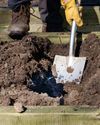
To dig or not to dig?
Should we be carrying out a full dig on plots now? Bob considers the pros and cons of the 'autumn dig' debate
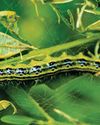
The box ball blues
As if his beleaguered box hadn't already taken a beating, Toby now has to deal with some hungry box caterpillars

Save your own seeds
Masterclass on: seed saving
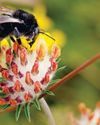
Strange sightings
Three unusual insects turn up in Val's garden in one day
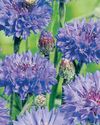
A bolt from the blue!
Cornflowers are perfect for garden and vase
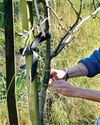
Winter moth prevention
Ruth shows you how to avoid maggoty tree fruits
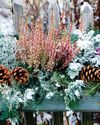
Create a winter container
There are as many options as in summer
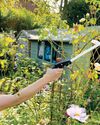
Lightweight gardening tools
AS well as being good for our mental health, gardening is also great exercise.

Autumn price round-up
AG finds better bargains in lesser-known brands
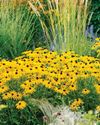
Rudbeckias
Rudbeckias are ideal for sunny summer patios and borders, with some able to survive our coldest winters